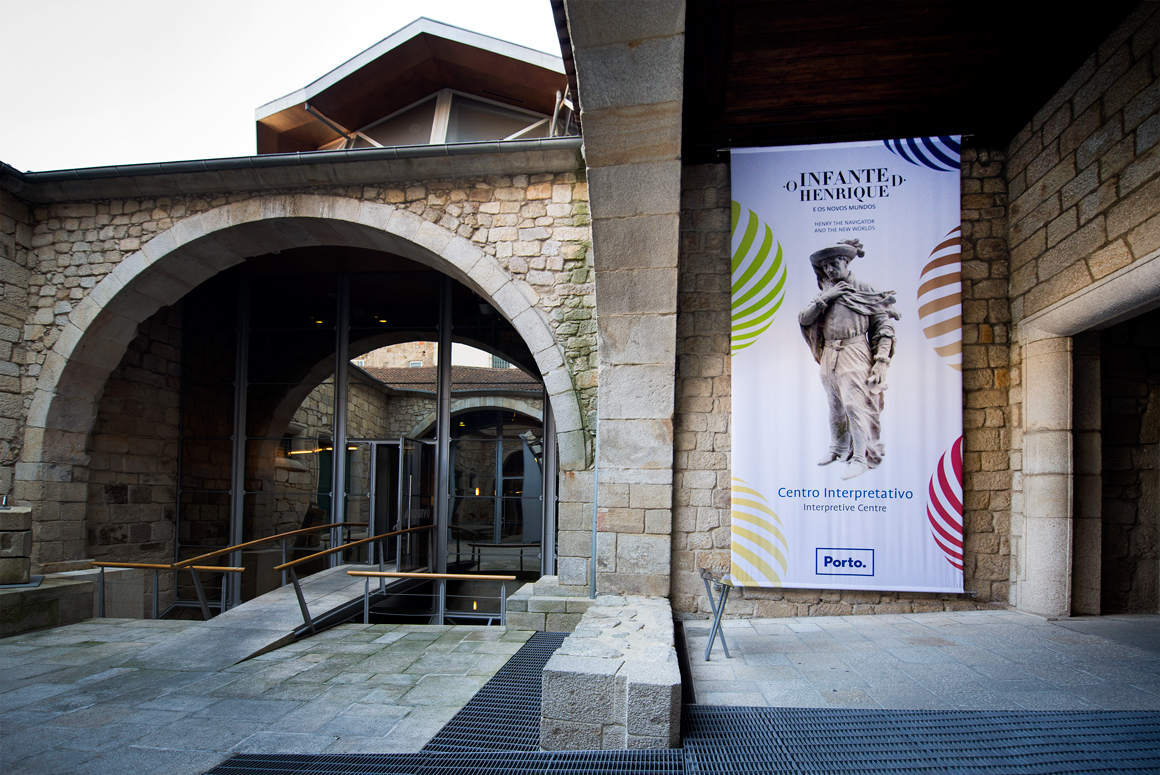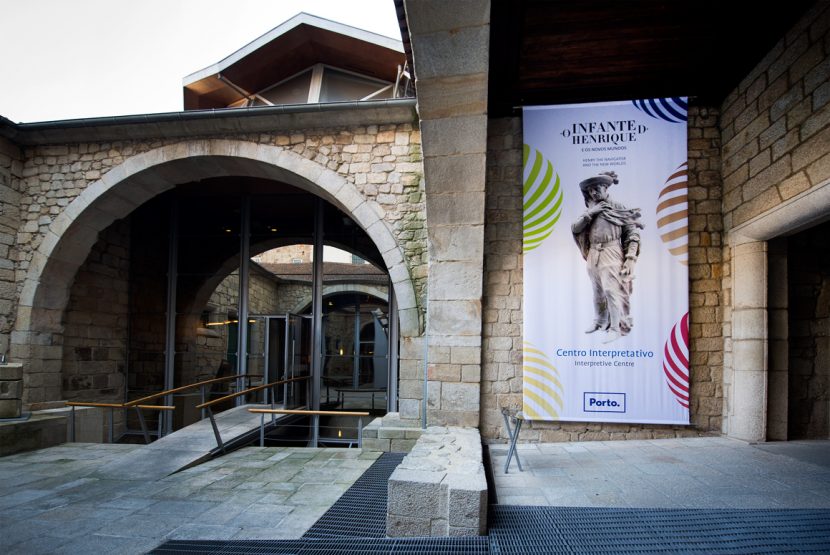
Casa do infante, auch bekannt als Alfandega Velha (das ehemalige Zollgebäude), ist ein historisches Gebäude in Porto, Portugals zweitgrößter Stadt nach Lissabon. Casa do infante ist UNESCO-Weltkulturerbe.
Das Gebäude wurde im 14. Jahrhundert unter der Herrschaft von König Afonso IV. errichtet. Der Bau des Gebäudes war Gegenstand einer Meinungsverschiedenheit zwischen dem König und dem Bischof von Porto. Die Aktionen des Königs zielten darauf ab, Waren zu besteuern, die auf Schiffen entlang des Douro-Flusses befördert wurden, und die Einführung einer solchen Steuer würde die Macht des Läufers schwächen.
Das neue königliche Zollgebäude wurde in der Nähe des Ribeira-Flusses gebaut und umfasste eine Kapelle und einen Wohnraum für die Arbeiter. Archäologische Ausgrabungen haben gezeigt, dass das Gebäude groß war, mit zwei hohen Türmen und einem Innenhof.
Ab dem 16. Jahrhundert wurden im Zollgebäude regelmäßig verschiedene Bauarbeiten durchgeführt. Das Gebäude, das Sie heute in Porto entdecken werden, ist das Ergebnis von Restaurierungsarbeiten, die im 17. Jahrhundert (insbesondere 1677) unter der Herrschaft von König Pedro II. durchgeführt wurden.
Der Innenhof ist erhalten, aber die Höhe der Türme wurde deutlich reduziert, ebenso wie die erhöhte Lagerfläche. Auch die Fassade mit Fenstern zur Straße hin ist erweitert und hat zwei Stockwerke gewonnen. Eine breite Treppe führte in den zweiten Stock, wo sich die Wohnräume befanden.
Die Casa do infante in Porto wurde so genannt, weil Prinz Heinrich der Seefahrer 1394 geboren wurde. Anlässlich der Feierlichkeiten zum 500. Jahrestag der Geburt von Heinrich dem Seefahrer wurde 1894 eine Gedenktafel an der Fassade angebracht. Seitdem trägt das Gebäude offiziell den Namen Casa do infante in Porto.
Es gibt Führungen, die die Geschichte der Stadt erzählen, den Grundriss der Stadt im Mittelalter zeigen und andere Ausstellungen.
Besuchen Sie Porto
